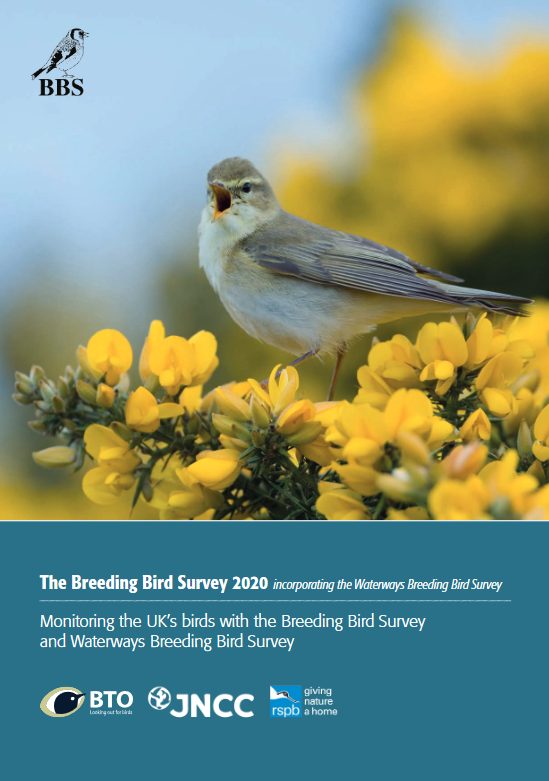
And so this report is different, maybe refreshingly so (just because everyone likes a change now and again) and has fewer trends (because they can’t be calculated reliably) and more reflection. I like reflection.
I was quite surprised that in England there were as many as 1757 BBS squares covered compared with 2934 in 2019, particularly when you see that it is only since 2004 that the England total of squares has been above that number. I have read the words explaining why there are fewer species for which England trends can be estimated, and that makes sense, and that there are some species for which only long-term trends can be estimated and others for which only 2019-20 changes can be estimated. But when I look at the list of species in each category I realise there must be lots of things that went on in the data that I just can’t figure. That isn’t a criticism, it’s more of an admission on my part, but it feels a little odd.
When I look at the table on p13 I am surprised that Pheasant, Wood Pigeon and Goldfinch don’t figure in the list at all – this must be (maybe?) because of variation in timing and/or representativeness rather than sample size, I guess. And I am surprised that it is possible to produce reliable short-term change figures for Tree Sparrow and Siskin, but not for Robin, Carrion Crow, Blue Tit or Great Tit. And it is possible to produce a long-term trend for Nuthatch but not Chaffinch, and for Sedge Warbler but not Blackcap, and for Tree Pipit but not Meadow Pipit. The clues to understanding this must be in there somewhere.
It’s good to have sections on the BBS’s achievements and lists of papers produced etc. I think that the main value of the BBS is very simple – telling us about the population trends of a whole bunch of bird species. If only we had something as good for other taxa! But let’s not think that the data being there means that politicians and other decision makers will act on those data. That’s a whole different ball-game and a ball-game that has changed greatly since BBS came into existence in 1994.
Wouldn’t it be good if government in England signed up to a binding target for reversing the decline in wildlife? Wouldn’t the BBS be good at measuring success or failure towards such a target?
Please sign #stateofnature petition https://bit.ly/3kjLIsX – thank you!
[registration_form]
“reversing the decline in wildlife”
IIRC we had only been locked up for a few days last year before there were breathless gushy announcements everywhere that “nature” was returning in the absence of people so some part of the remedy seems self-evident although I realise this might interfere with the expectations of employment and pensions in the nature industrial complex
Hi Mark,
Thank you for the kind words. It was a particularly interesting report to write, focusing largely on the other uses of BBS data, beyond the annual trends.
As you say, the set of species reported on for England in 2020 is an unusual one, and we agree, it is difficult to see a biological pattern. Given the large impact that COVID19 restrictions had on coverage in 2020, especially early in the season, and in Wales, Scotland and Northern Ireland, we have been cautious in what we have presented.
As outlined in the report on page 10, we ran a series of detailed analyses to see which species were least affected by the coverage achieved in 2020. For example, it was immediately clear that the lack of early season visits would have a big impact on the trends if we produced them using our normal statistical methods. Counts for many species normally peak on the Early visit, so in 2020 when we didn’t have many, the only count submitted was a lower one from the Late visit. In around 95% of species this would have yielded an artificial population decline (or dampened an increase) in 2020, so it was not appropriate to use the normal method. As the 2020 data were so restricted to late season visits we tested whether trends could be produced using only Late visits. Technically, this involved producing trends for 1994 to 2019 using Late visit data only, having excluded any squares from the 2019 set that weren’t surveyed in 2020. For any species where this trend matched the true trends published in the 2019 report we were confident to go ahead and produce trends using the 2020 data. This is an option of last resort as we know it will miss lots of early breeding species and halves the chances of detecting many others, but at least for the species presented, we can be reasonably confident that the changes reported are not a result of reduced or biased coverage in 2020.
Many thanks,
Sarah Harris and Simon Gillings, BTO.